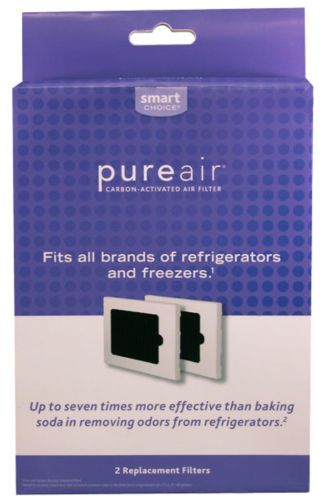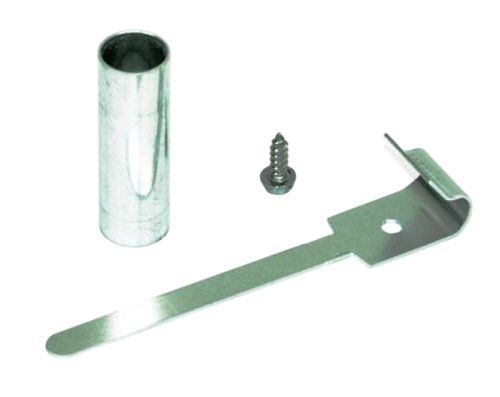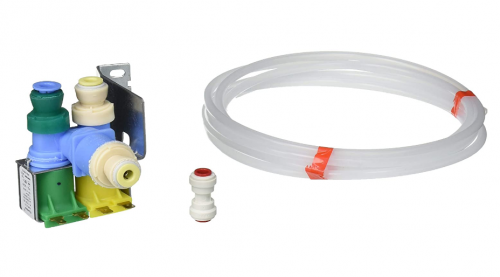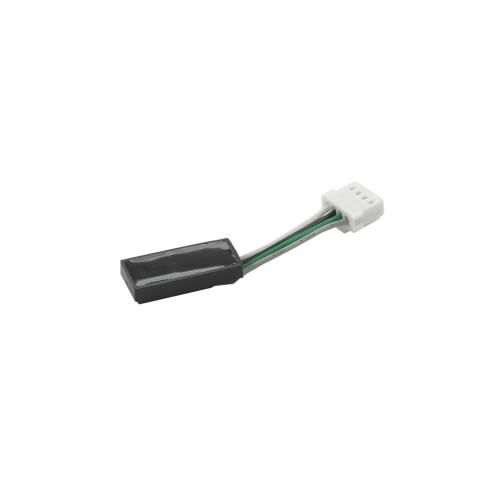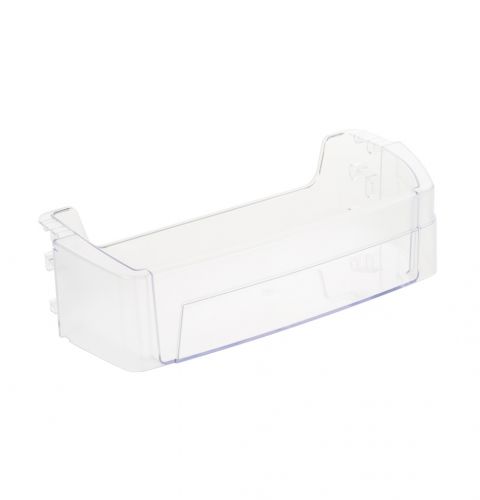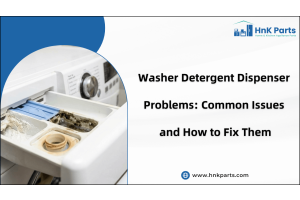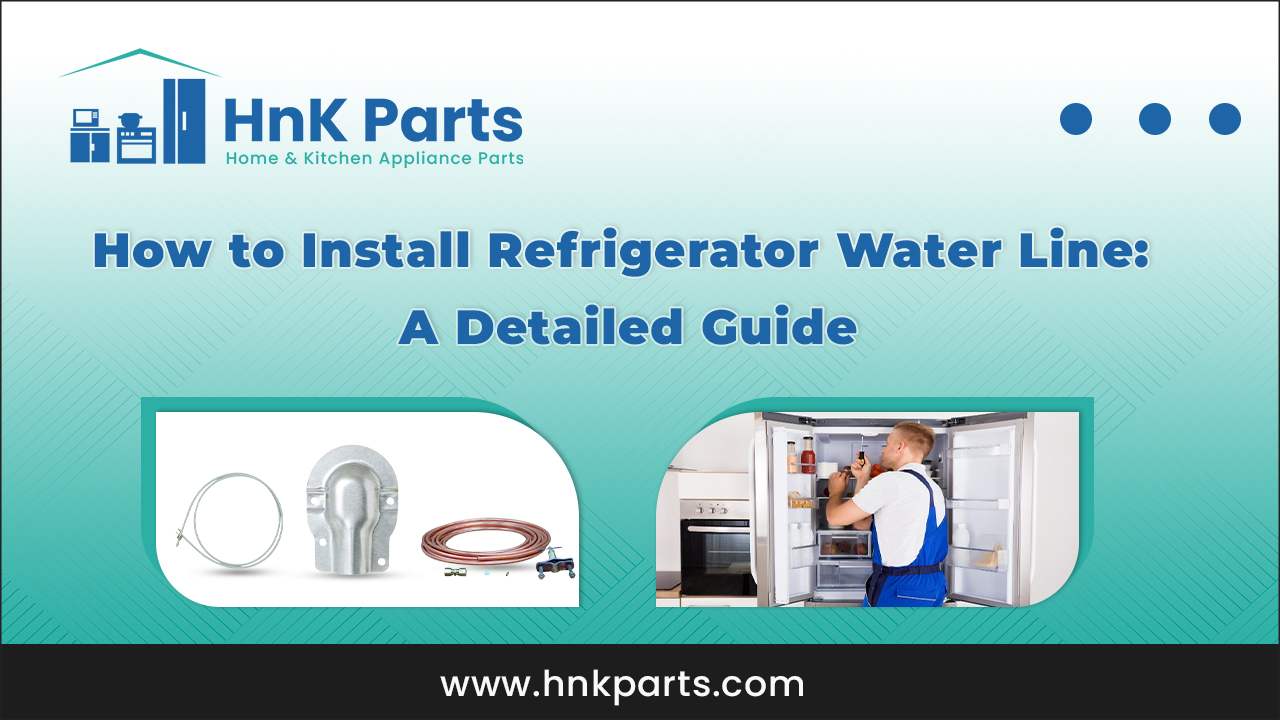
How to Install Refrigerator Water Line: A Detailed Guide
Installing a fridge water line connector is a convenient and practical addition to your kitchen, providing fresh, cold water and ice on demand. Whether replacing an old water line or setting up a new connection, this step-by-step guide will help you through the installation process.
|
Table of contents |
Do All Refrigerators Have Aater Lines?
No, a freezer does not need a water line. Freezers are essentially different from refrigerators with ice and water dispensers since they are specifically meant for freezing and storage of foods. They cannot make ice or dispense water, so there is no need for a water line connection as well. Freezers use their internal refrigeration systems to keep the temperature low and the quality of frozen products intact. However, if you desire a refrigerator with water and ice features, there are plenty of options available in the market. It's always a good idea to check the specifications of a refrigerator before purchasing it to ensure it has the features you desire.
How Does a Fridge Water Line Connector Work?
A fridge water line connector operates through a simple yet efficient process. The line connects the refrigerator's water supply to the water inlet valve located at the back of the unit. When the fridge's water dispenser or ice maker is activated, the inlet valve opens, allowing pressurized water to flow through the line and into the refrigerator. A filter within the line ensures clean water. Inside the fridge, the water reservoir stores the incoming water, which is then dispensed through the designated outlets. This setup provides a continuous supply of fresh, chilled water and ice, making it a convenient and desirable feature in modern refrigerators.
Where Does the Water Line Connect to the Fridge?
The refrigerator water line is usually installed at the rear part of the refrigerator. This connection enables the provision of water to the fridge’s ice maker and water dispenser, in case it has them. The water line is normally fitted to a valve or water supply line that is usually found near the kitchen sink. From there, flexible copper or plastic tubing is installed along the back of the cabinets or under the flooring to the fridge. Fridge water pipes should be well fixed and well connected to prevent any chances of leakage or damage.
How to Plumb a Refrigerator Water Line, and What Plumbing Is Required?
To plumb a refrigerator water line, you'll need a water supply line, typically copper or stainless steel, connected from the household water source (under the sink or behind the fridge) to the refrigerator. When installing a water pipe for fridges, specific plumbing requirements must be met to ensure proper functionality. The primary plumbing component needed is a water supply line. This line connects the fridge to the household water source. Typically located beneath the sink or behind the refrigerator. The water supply line should be made of a durable material like copper or flexible stainless steel to prevent leaks.
Does the Freezer Need a Water Line?
No, a freezer does not require a water line. Unlike refrigerators with ice and water dispensers, freezers are designed solely for freezing and storing food. They cannot produce ice or dispense water, which eliminates the need for a water line connection. Freezers rely on their internal cooling systems to maintain low temperatures and preserve the quality of frozen items. However, it's important to note that some advanced models may have optional features like ice makers or ice storage compartments, which would require a water pipe for fridge.
Signs to Replace the Water Line of Your Refrigerator
The refrigerator water line plays a crucial role in supplying fresh, clean water and ice. Over time, however, it may develop issues that require replacement. Here are some signs to look out for that indicate refrigerator plastic water line replacement:
|
Sign |
Description |
|
Leaks or drips |
Water pooling around the refrigerator or visible leaks near the water line indicate potential damage or deterioration. |
|
Discolored or bad-tasting Water |
Contaminants like mineral deposits, mold, or bacteria can cause strange colors or unpleasant tastes in the water, signaling a need for a new water line. |
|
Low water pressure |
A weak water flow from the dispenser or ice maker may result from a clogged or damaged water line, requiring replacement. |
|
Age and wear |
Over time, the material of the water line can degrade, leading to cracks or leaks, especially in older refrigerators. |
|
Foul odor |
A bad odor from water or ice could indicate mold or bacterial growth in the water line, warranting replacement to restore freshness. |
Refrigerator Plastic Water Line Replacement
Follow the below steps for refrigerator plastic water line replacement:
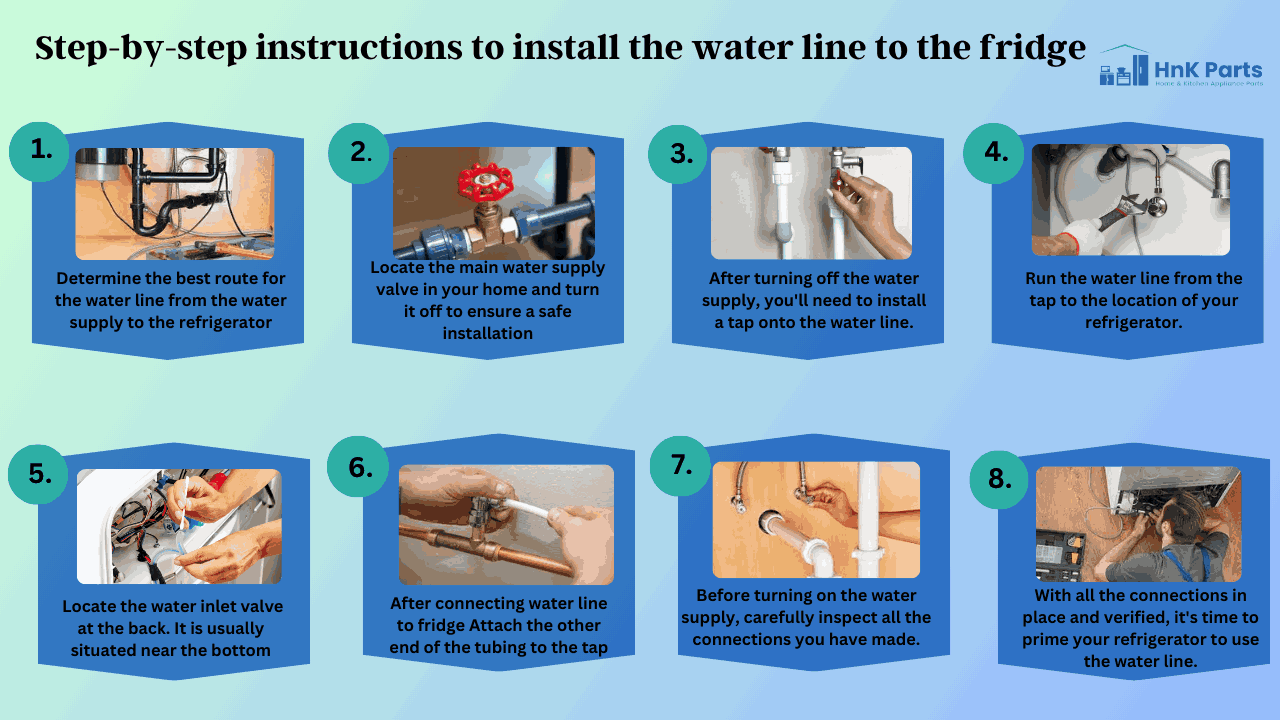
Plan the route for the water line
- Before you begin the installation process, determine the best route for the water line from the water supply to the refrigerator. Consider factors such as distance, accessibility, and any potential obstacles that may be in the way. It's important to choose a route that minimizes bends and kinks in the tubing for optimal water flow.
Turn off the water supply
- Locate the main water supply valve in your home and turn it off to ensure a safe installation. This valve is typically found near your water meter or in the basement. Turning off the water supply will prevent any water from flowing while you connect the water line to the refrigerator.
Attach a tap to the water supply
- After turning off the water supply, you'll need to install a tap onto the water line. This tap acts as a refrigerator water line connector point. Follow the manufacturer's instructions to properly install the tap, ensuring a secure and watertight connection.
Run the tubing from the tap to the refrigerator
- Using flexible copper or plastic tubing, run the water line from the tap to the location of your refrigerator. Keep in mind the planned route you determined earlier and secure the tubing in place using clips or straps. Be cautious not to pinch or damage the tubing during installation.
Connecting refrigerator water line
- Once the tubing reaches the refrigerator, locate the water inlet valve at the back. It is usually situated near the bottom and may be labeled as "Water Inlet" or "Water Supply.", ensuring a tight and secure fit. Refer to the refrigerator's manual for specific instructions on connecting the water line to your model.
Attach the water line to the supply valve
- After connecting refrigerator water line, go back to the tap you installed in Step 3. Attach the other end of the tubing to the tap, ensuring a proper connection. Again, make sure the connection is tight and secure to prevent any leaks.
Double-check all the connections
- Before turning on the water supply, carefully inspect all the connections you have made. Check for any signs of leaks, loose fittings, or improper installations. Ensure that all connections are secure and properly aligned. Taking the time to double-check everything now will save you potential issues and headaches later.
Prime the refrigerator to start using the water line
- With all the connections in place and verified, it's time to prime your refrigerator to use the water line. Follow the manufacturer's instructions to purge any air from the water line and allow water to flow freely. This may involve running a specific amount of water through the dispenser or ice maker to ensure proper functionality.
How Long Does the Fridge Water Line Connector Last?
The lifespan of fridge water lines can vary depending on several factors. On average, a fridge water line connector can last anywhere from 5 to 10 years. However, the durability of the line also depends on the quality of the materials used, the frequency of use, and the maintenance practices employed. Regularly inspecting the water line for any signs of wear, such as cracks or leaks, is essential. Additionally, using high-quality water lines and ensuring proper installation can contribute to their longevity. If you notice any issues or suspect damage, it's advisable to replace the fridge water line connector promptly to avoid potential water damage or contamination.
Refrigerator water Line Installation Cost
|
Installation Type |
Cost Range |
Description |
|
DIY kit |
$20 to $50 |
The most affordable option for those comfortable with self-installation. |
|
Professional installation |
$100 to $200 |
Hiring a professional ensures proper installation but comes at a higher cost. |
|
Copper water line |
$150 to $250 |
Durable and commonly used, copper lines are more expensive but long-lasting. |
|
Plastic water line |
$10 to $30 |
A cheaper option, plastic lines are more affordable but may not be as durable. |
|
PEX water line |
$30 to $60 |
Flexible and easy to install, PEX lines are a mid-range option in terms of cost. |
Know more about the Key Parts and Accessories of a Refrigerator
Installing a fridge water line connector for your refrigerator can greatly enhance the convenience and functionality of your kitchen. With proper installation, you can enjoy fresh, chilled water and ice at your fingertips, making your daily life more enjoyable and hassle-free. HnKParts is your one-stop shop for top-quality refrigerator parts. From essential components like water filters, valves, and tubing to replacement parts such as water inlet valves, etc., we have everything you need to keep your refrigerator running smoothly. Apart from that we also offer a wide range of home appliance parts from well-named manufacturers such as GE, Whirlpool, etc. at competitive prices.
FAQs
How can I prevent water line leaks or issues with my refrigerator?
To prevent water line leaks or issues with your refrigerator, regularly inspect and replace damaged or worn-out water supply lines. Ensure proper installation by securely connecting the water line to the refrigerator and using a reliable shut-off valve. Additionally, avoid placing heavy objects on the water line or bending it excessively to maintain its integrity.
What type of water line should I use for my refrigerator?
It's recommended to use a flexible, braided stainless steel or copper water line for your refrigerator. These lines are durable, resistant to corrosion, and provide a secure connection. Avoid using plastic tubing, as it can become brittle over time and may cause leaks.
How to clean fridge water line?
To clean the water line in your refrigerator, start by disconnecting the water supply and turning off the water valve. Use a mixture of warm water and mild dish soap to clean the lines and connectors. Rinse thoroughly and reconnect the water line before turning the water supply back on.


